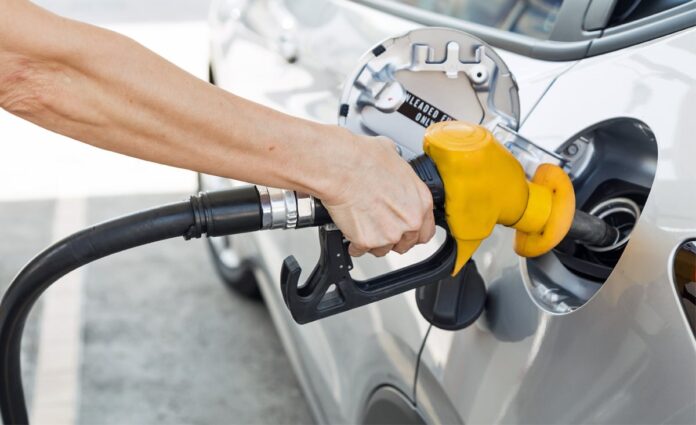The prices of petroleum products are expected to decline in the second half of February 2025. According to industry sources, petrol prices may decrease by approximately Rs2.49 per litre, bringing the new price to Rs. 254.64 per litre from the current Rs. 257.13. High-Speed Diesel (HSD) is anticipated to see a more significant reduction of Rs. 9.11 per litre, lowering its price from Rs. 267.95 to Rs. 258.84.
In addition to petrol and diesel, kerosene oil is projected to decrease by Rs. 3.45 per litre, bringing its price down from Rs. 174.85 to Rs. 171.40 per litre. Light diesel oil (LDO) is also expected to see a reduction of Rs. 5.60 per litre, lowering its price from Rs. 161.06 to Rs. 155.46 per litre.
These reductions are expected to provide financial relief to consumers, particularly in rural areas where kerosene and LDO are widely used for heating and agricultural purposes.
The expected price cuts are attributed to a decline in ex-refinery prices, influenced by global oil market trends. The ex-refinery price for petrol is expected to fall from Rs. 176.25 to Rs. 173.76 per litre, while diesel’s ex-refinery price may decrease from Rs. 188.72 to Rs. 179.61 per litre.
Local fuel prices are determined by incorporating government taxes and the Inland Freight Equalization Margin (IFEM), which ensures uniform pricing nationwide by accounting for transportation costs. The IFEM is a regulatory mechanism that helps equalize petroleum product prices across different regions by covering transportation expenses for refineries and Oil Marketing Companies (OMCs).
Additionally, the pricing mechanism considers premiums, such as the Premier Motor Gasoline (PMG) premium, which currently stands at $7.75 per barrel based on three vessels. It is noted that the third PMG vessel may be shifted to the next pricing cycle. With three days remaining in the Platts pricing assessment period, further adjustments may influence the final pricing decisions.
The anticipated reduction in fuel prices is expected to benefit consumers, particularly in the transportation and agriculture sectors, where diesel is extensively used. Lower fuel costs could lead to reduced transportation expenses, potentially bringing down the prices of essential goods and services.
However, these figures remain subject to fluctuations in international oil prices and government tax policies. The final prices will be confirmed by the government after a comprehensive review.




